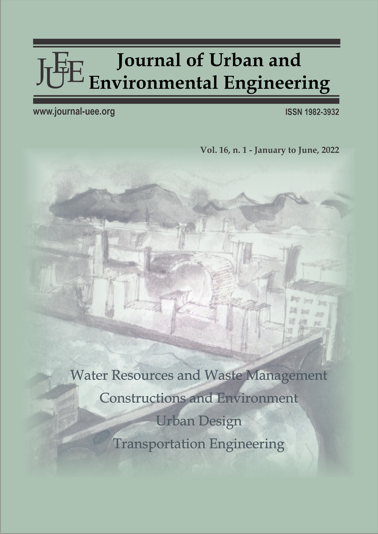INFLUENCE OF VISUAL ATTRIBUTE OF POCKET PARKS IN INCREASING PERCEIVED RESTORATIVE POTENTIAL: A PATH MODEL
Abstract
Today, pocket parks can contribute to enhancing health and restorative urban quality and do not depend only on size. However, the role of the visual attributes of pocket parks in their increasing Perceived Restorative Potential (PRP) is unknown. Thus, the aim of the present study is to investigate the extent to which visual attributes, individually and in combination with restorative components, predict PRP in pocket parks. A questionnaire survey was distributed among 384 visitors of eight pocket parks of District 1 of Tehran. The respondents were randomly selected with the restorative components, PRP, and four visual attributes of pocket parks (coherence, mystery, complexity, legibility) measured. The results showed that among four visual attributes, mystery and complexity appeared to be significant positive predictors of restorative components and PRP. Furthermore, their effect on PRP was partially mediated by the restorative components. The findings also indicated that coherence negatively predicted PRP, while legibility was not a significant predictor of PRP. The results of the present study help the ideas of planners, urban planners, and landscape architects to make good use of and rehabilitate abandoned lands. Indeed, they can use the obtained results to better plan and design such parks based on the visual attributes of pocket parks effective in reducing mental fatigue.




